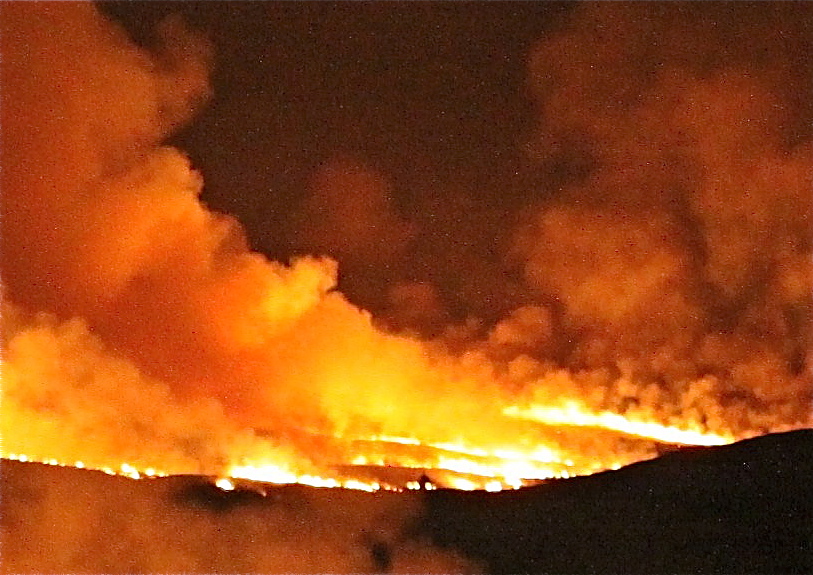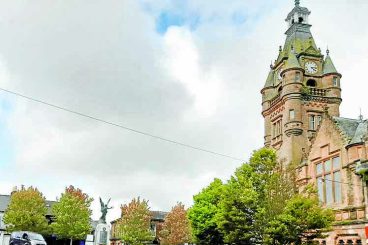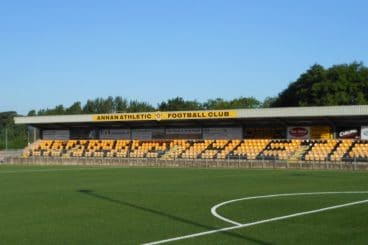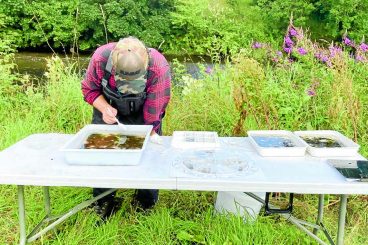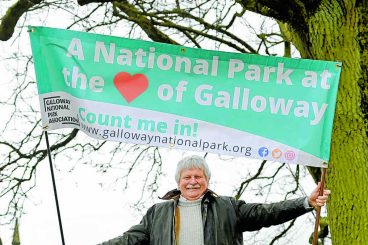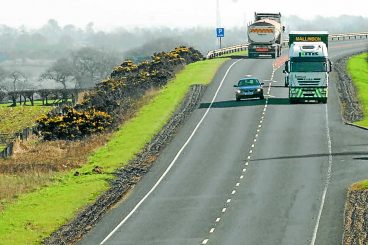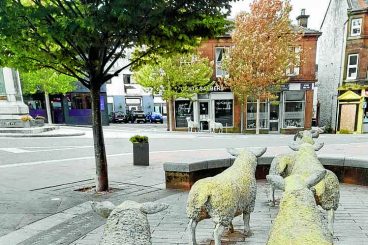“540 years ago on 22nd May 1482, the English led by Richard, Duke of Gloucester, (the future Richard III) led a large raiding party across the Solway Firth. The raid was a reprisal to punish the Scots for the devastation they had caused in Cumberland during the previous winter.
Scotland and England had been at war since 1480. The Scots expected a raid in Annandale and had reinforced Lochmaben Castle (100 men), Annan Castle and Castlemilk (40 men each) and Bell’s Tower, near Eaglesfield (20 men).
In early May Gloucester wrote to towns and cities in the North of England, including York, asking for men to join him on a raid into Scotland – 80 volunteers went from York. Gloucester’s own men from North Yorkshire and the West March in Cumberland also went with him. Several hundred riders were involved. The men would have been dressed for swift riding in thick leather jerkins, leather trousers and helmets with their weapons strapped to their saddles.
At first light and low tide, led by local guides on foot, the English moved onto the Solway crossing between Bowness and Annan. The Scots had a warning beacon on Annan Hill and as soon as the watchmen saw the long line of horsemen, they fired the beacon, piling on wood to make the fire burn higher to indicate that this was a large raid. The chain of beacons in Dumfriesshire passed the message ‘leave your homes and flee to the hills or nearest tower’.
The English did not attack Annandale as expected, instead they crossed the River Annan out of range of Annan Castle. Once over the river they followed the old road to Dumfries (the current B724). They may have halted at Ruthwell to look at the 8th century cross that guided pilgrims to St Ninian’s Shrine at Whithorn – St Ninian was Gloucester’s patron saint.
Dumfries Castle had been destroyed 200 years before so the people would have fled across Devorgilla Bridge to the hills beyond. The English burnt the town, probably taking any provisions that had been left by the people for their return journey. Then they left, riding back to Annan through a land empty of people where they waited for the tide to allow them to cross. They were back in England by the following day. The men of York arrived home about 28th May and Gloucester rode south to Northampton where preparations were being made for him to lead a major invasion into Berwickshire and Roxburghshire in July and the capture of Berwick which has been English ever since.”





